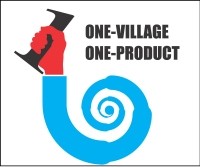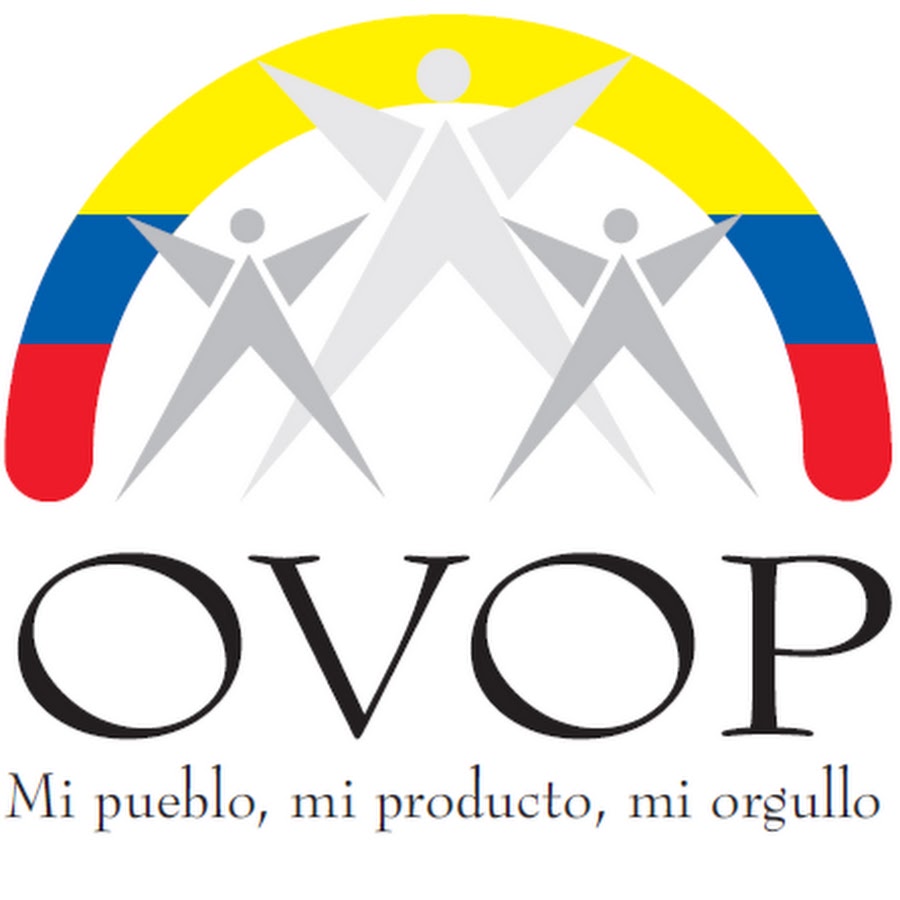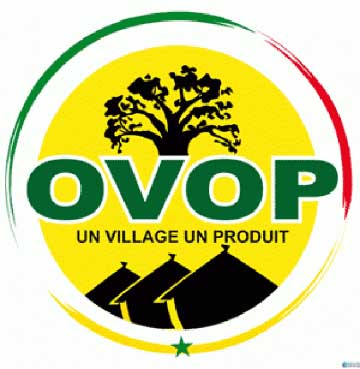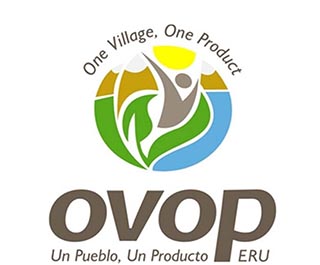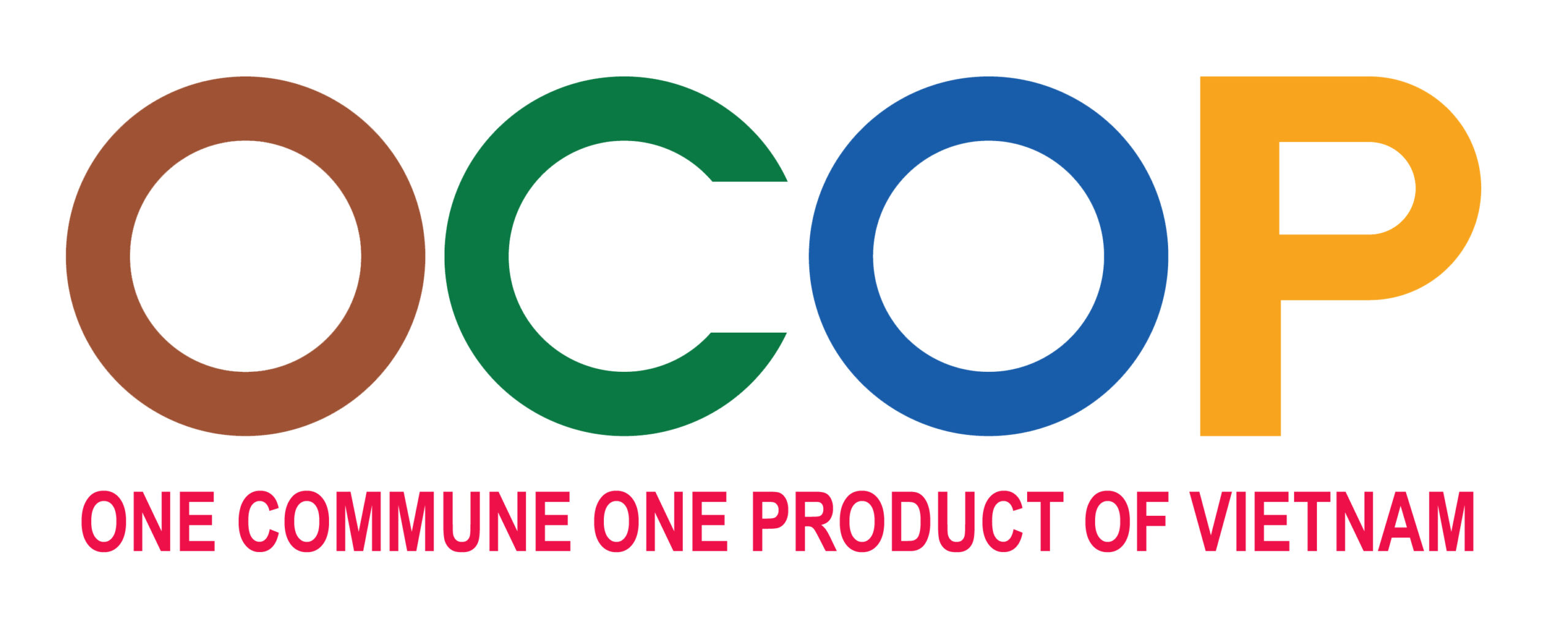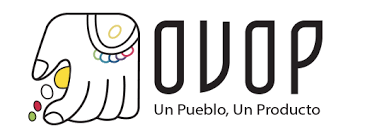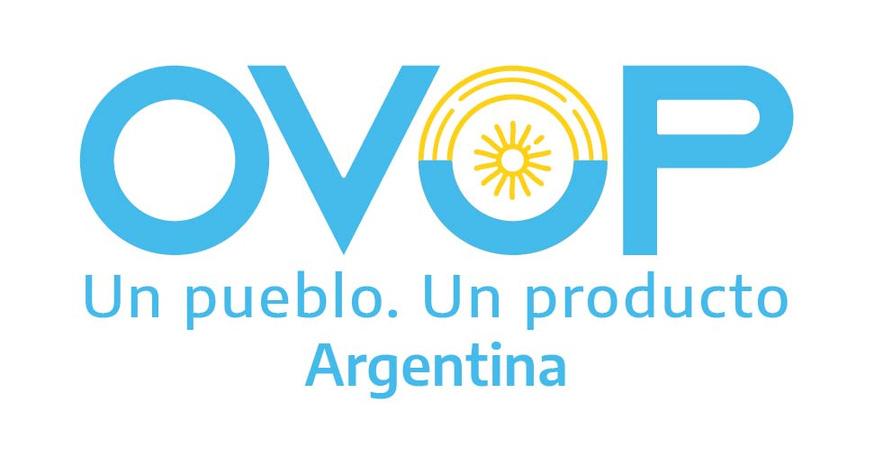Hemp has always been known for its myriad of qualities. Not only is it purported to be the strongest natural fiber in the world but it is also sustainable and create least harm during the producing process. Magically, it can be used to create a biodegradable material that is as malleable as clay. Some even use it to create plant pots and vases.
Being called hempcrete, the bio-composite material is a mix of lime, plaster and hemphurds, the inner part of the hemp stalk which is leftover during processing the plant. The result is a coarse thick paste, which then be hand-moulded to create the preferred shapes. An Berlin-based artist called Yasmin Bawa decides to take this product as the main product for her work by creating organic shapes and monolithic plant pots. After the previous step, she coats the surface with a finer paste that is mixed with natural colorant before sealing each one using the moroccan building technique of tadelakt — a traditional plastering system that involves using a flat-faced stone and olive oil to polish the surface.
Unlike clay, hempcrete doesn’t require firing in a kiln but instead air drys with each layer, which means that Bawa uses little to no electricity during the production process. It also means that each piece can take up to a month to finish because of the long-drying time. Although that doesn’t phase Bawa, whoever plans to build bigger to support her mission or sharing with the world the benefits of hemp, should dig deeper into the solution.
“I want to create something that’s challenging what ecological materials are”, she says. ‘I mean, hemp as a fiber can be made into any kind of fabric, but we only see this rough brown material because nobody is really developing it — not because it’s not possible. So when people think it can only be like this, I’m like, no, it’s just that no one has done it yet. You just have to find a way to make it work.’







